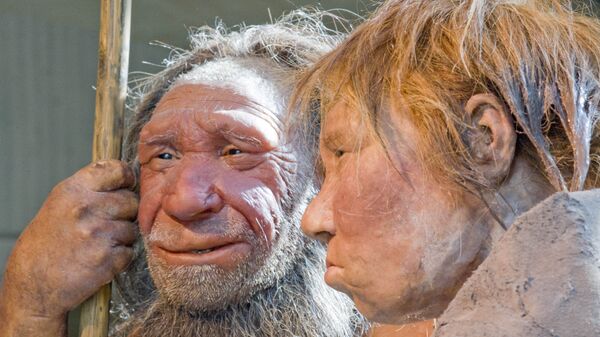Fossil teeth from Italy, among the oldest human remains on the Italian Peninsula, showed that Neanderthal dental features had developed by around 450,000 years ago.
Researchers examined dental remains from the sites 450 km apart — Fontana Fanuccio, located 50km southeast of Rome, and Visogliano, located 18km northwest of Trieste.
At around 450,000 years old, these teeth join a very short list of fossil human remains from Middle Pleistocene Europe.
"Together with the large samples from Atapuerca Sima de los Huesos, Spain, and Caune de l'Arago at Tautavel, France, the remains from Fontana Ranuccio and Visogliano are among the few mid-Middle Pleistocene dental assemblages from Western Europe available for investigating the presence of an early Neanderthal signature in their inner structure," the study claimed.
The researchers used micro-CT scanning and detailed morphological analyses to examine the shape and arrangement of tooth tissues and compared them with teeth of other human species.
They found that the teeth of both sites share similarities with Neanderthals and are distinct from modern humans.
"This study provides additional evidence indicating that an overall Neanderthal morphological dental template was preconfigured in Western Europe at least 430 to 450 ka ago."
The research ‘The Middle Pleistocene (MIS 12) human dental remains from Fontana Ranuccio (Latium) and Visogliano (Friuli-Venezia Giulia), Italy. A comparative high resolution endostructural assessment' was published PLOSOne journal on September 3.



